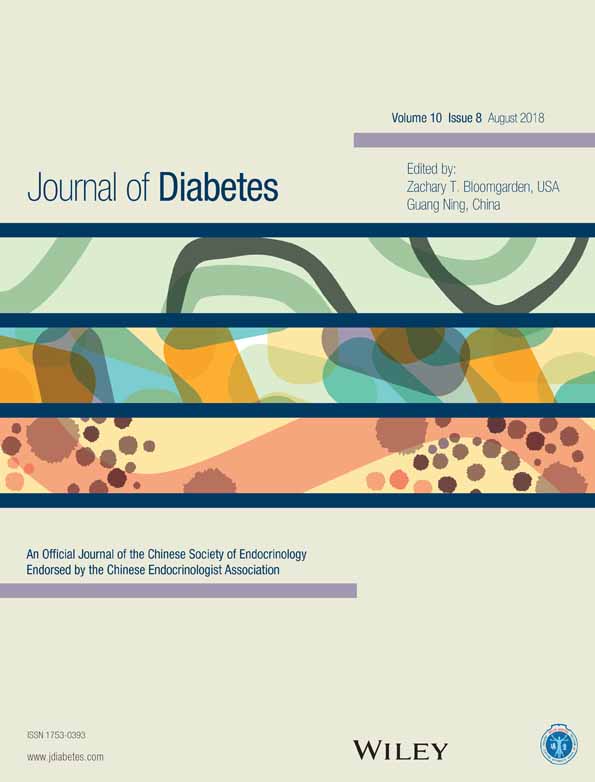Micronutrient dietary patterns associated with type 2 diabetes mellitus among women of the E3N-EPIC (Etude Epidémiologique auprès de femmes de l'Education Nationale) cohort study
国家妇女教育改革计划(E3N-EPIC)队列研究中女性2型糖尿病患者相关的微量营养物质饮食模式
Abstract
enBackground
Micronutrients play a key role in type 2 diabetes mellitus (T2DM), but methodological difficulties arise from their collinearity and interdependencies with foods. The aim of the present study was to identify micronutrient dietary patterns in the E3N-EPIC (Etude Epidémiologique auprès de femmes de l'Education Nationale) cohort and to investigate their association with risk of T2DM.
Methods
Principal component analysis was used to identify micronutrient patterns among 71 270 women from the E3N-EPIC cohort. Associations between micronutrient patterns and risk of T2DM were quantified by hazard ratios (HRs) and 95% confidence intervals (CIs) from Cox proportional hazards regression models, adjusted for potential confounders.
Results
Six micronutrient patterns were identified explaining 78% of the total variance in micronutrient intake. A positive association was found between T2DM and a pattern highly correlated with intake of vitamins B2 and B5 (HR 1.34; 95% CI 1.16–1.56). Similarly, a positive association was found with a pattern characterized by high intakes of vitamin B12 and retinol, and a low intake of vitamin C (HR 1.30; 95% CI 1.15–1.48). An inverse association was observed between T2DM and another two patterns: one correlated with magnesium and vitamin B3 (HR 0.75; 95% CI 0.66–0.86), and the other correlated with manganese intake (HR 0.82; 95% CI 0.72–0.94).
Conclusions
The findings of the present study identify micronutrients that have an effect on the risk of T2DM, and enable better understanding of the complexity of the diet when investigating the association between micronutrients and T2DM.
摘要
zh背景
微量营养物质对于2型糖尿病(T2DM)具有重要的影响, 但是对其的研究却很困难, 因为它们与食物之间具有共线性以及相互依赖性。当前这项研究的目的是在国家妇女教育改革计划(Etude Epidémiologique auprès de femmes de l’Education Nationale, E3N-EPIC)队列研究中鉴定出相关的微量营养物质膳食模式, 并且调查它们与T2DM风险之间的关系。
方法
使用主成分分析法明确了71270名来自E3N-EPIC队列研究的妇女的微量营养物质膳食模式。使用Cox比例风险回归模型, 校正潜在混杂因素后, 根据危险比(HRs)以及95%置信区间(CIs)进行量化, 评估微量营养物质膳食模式与T2DM风险之间的关系。
结果
明确了6种微量营养物质膳食模式, 在摄入的微量营养物质总方差中占比为78%。发现T2DM与摄入维生素B2以及B5的膳食模式呈高度正相关(HR 1.34;95% CI 1.16-1.56)。同样, 还发现T2DM与大量摄入B12以及视黄醇, 并且较少摄入维生素C的膳食模式呈正相关(HR 1.30;95% CI 1.15-1.48)。观察到T2DM与另外两种膳食模式呈负相关:一种与镁以及维生素B3的摄入量有关(HR 0.75;95% CI 0.66-0.86), 另一种与锰的摄入量有关(HR 0.82;95% CI 0.72-0.94)。
结论
当前这项研究结果表明微量营养物质可以影响T2DM的风险, 有助于我们在进一步研究微量营养物质与T2DM之间关系时能够更好地理解饮食的复杂性。




